22 April 2025
Education has come a long way over the years, evolving from rigid, memorization-heavy methods to more interactive and student-centered approaches. One of the most influential figures in this transformation is Maria Montessori. Her groundbreaking teaching philosophy has left a lasting impact on schools and learning methodologies worldwide. Today, you can find traces of her ideas in classrooms, even if they don’t strictly follow the Montessori method.
So, how exactly has Montessori’s work shaped modern education? Let’s dive in and uncover how her ideas continue to shape learning environments today.
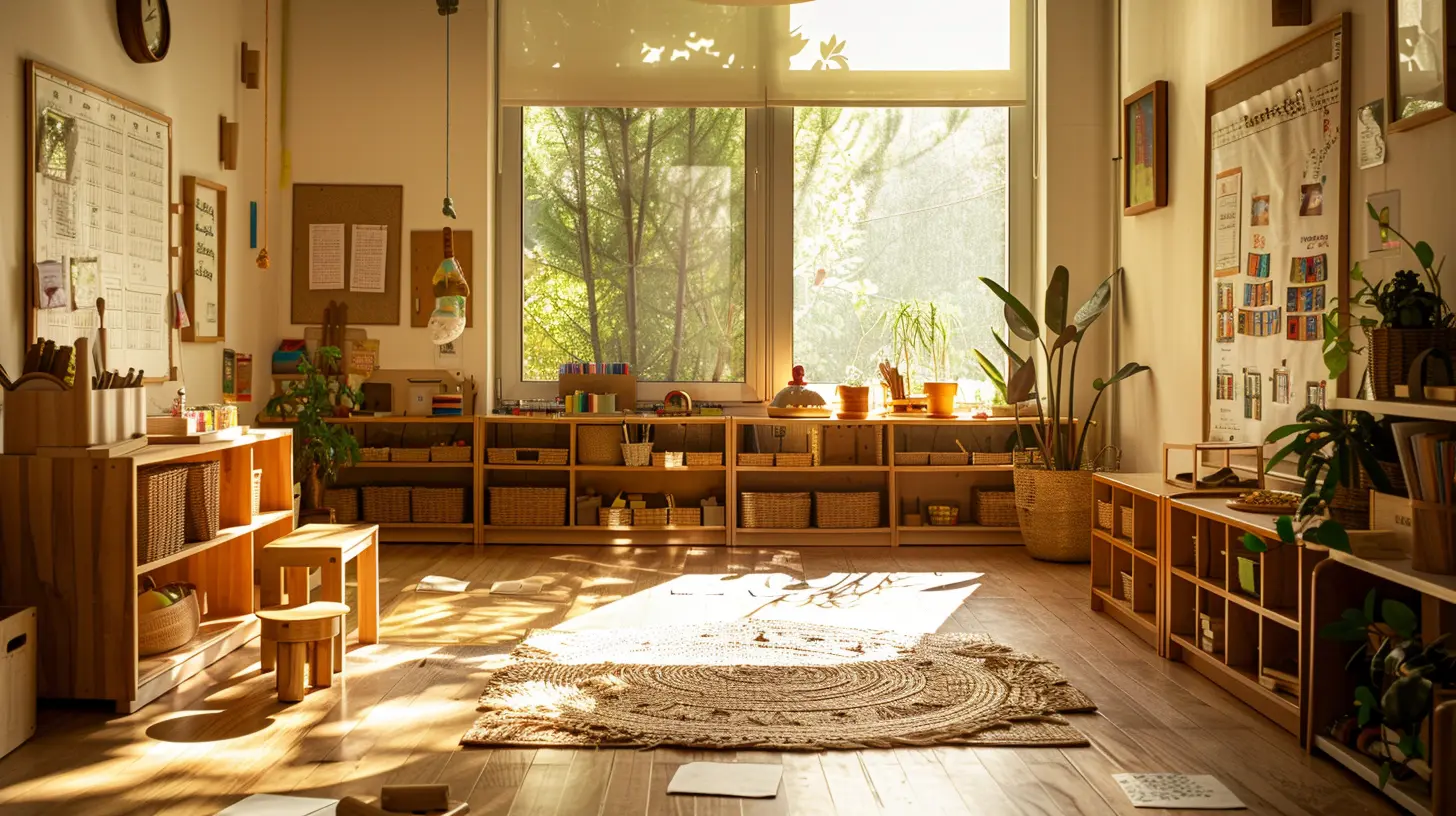
Who Was Maria Montessori?
Maria Montessori was an Italian physician and educator, born in 1870. She became the first woman in Italy to earn a medical degree, but her passion for education led her towards a different path—developing a revolutionary teaching method. Her approach was rooted in the belief that children learn best when given the freedom to explore and engage with their surroundings at their own pace.She founded the first Montessori school, Casa dei Bambini, in 1907, where she implemented her ideas in real classrooms. The results were remarkable—children thrived academically, socially, and emotionally. Her philosophy soon gained recognition, and today, Montessori-inspired principles are embedded in many modern educational practices.
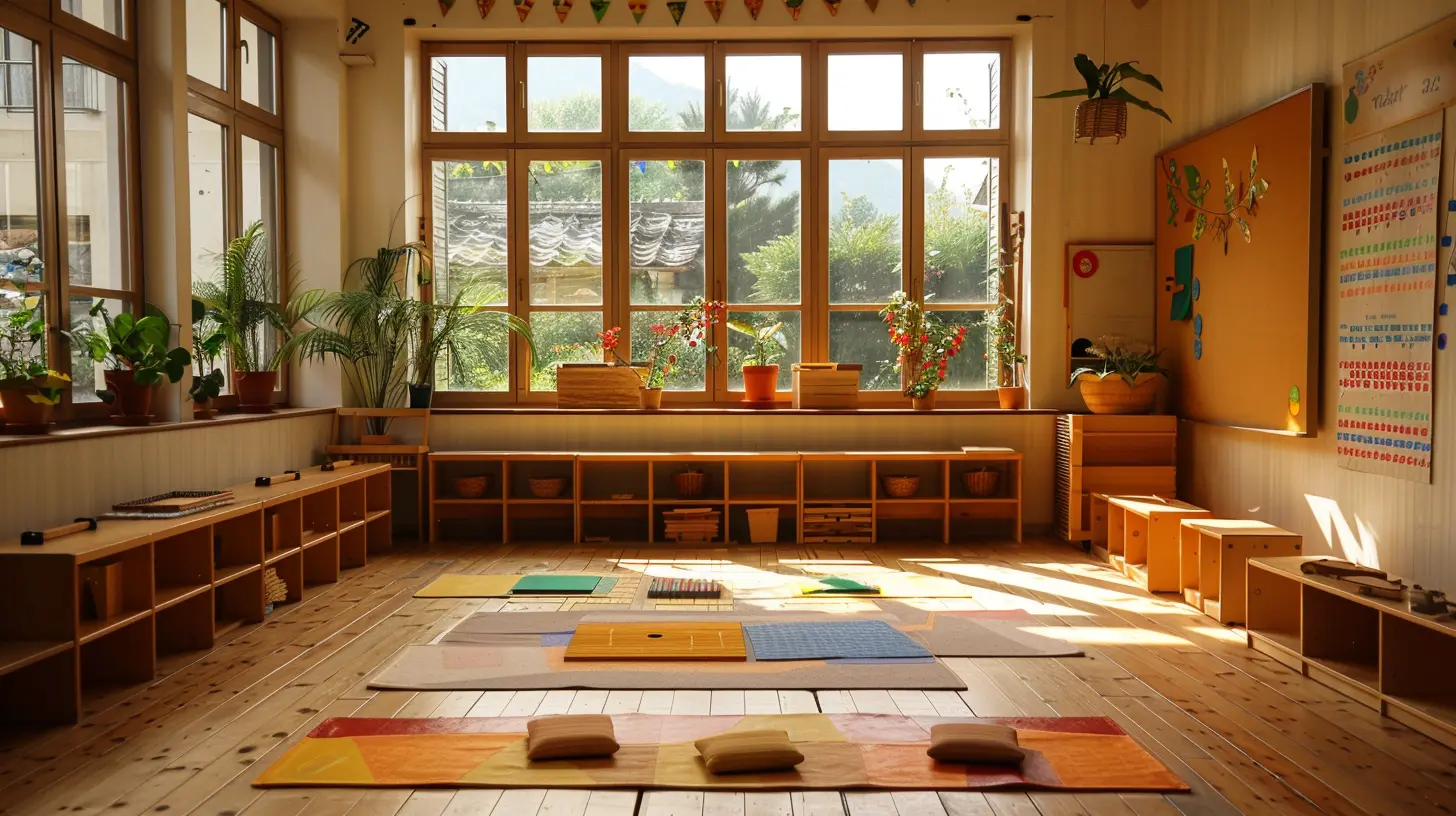
Core Montessori Principles That Shaped Modern Education
Montessori’s teaching method wasn’t just a passing trend. Her ideas introduced a powerful shift in the way we understand learning, and many of her principles are now widely embraced in education systems around the world. Let's take a look at some of her most influential concepts.1. Child-Centered Learning
Montessori believed that children are naturally curious and capable of directing their own learning. Instead of forcing a rigid curriculum, she encouraged an environment where students could choose activities based on their interests.This principle is now a cornerstone of many modern classrooms. Schools today recognize that students have different learning styles, and the "one-size-fits-all" approach no longer works. Personalized and project-based learning, which focuses on student interests and choices, owes a lot to Montessori’s vision.
2. Hands-On Learning Experiences
Ever noticed how young children love touching, holding, and manipulating objects? Montessori saw this as a key opportunity for learning. Her classrooms were filled with hands-on materials designed to engage the senses and help students grasp abstract concepts through direct experience.This idea is now widely used in modern education. From interactive science experiments to math manipulatives, many schools emphasize learning by doing rather than just memorizing facts. Research shows that students retain information better when they actively engage with it, rather than passively absorbing it from lectures.
3. Mixed-Age Classrooms
Unlike traditional classrooms, where students are grouped strictly by age, Montessori classrooms often feature mixed-age groups. Why? Because younger kids learn from older peers, and older students reinforce their knowledge by teaching younger ones—a win-win situation!Today, many schools and educational programs incorporate peer mentoring, collaborative projects, and cooperative learning, allowing students to benefit from diverse age groups. This approach fosters leadership skills, social development, and a sense of community—all essential aspects of a well-rounded education.
4. Focus on Independence and Self-Discipline
Montessori strongly believed in encouraging independence from an early age. In her classrooms, children were given responsibility for their own learning, decision-making, and self-discipline.Modern education has embraced this philosophy through self-directed learning, student-led initiatives, and even homeschooling approaches. Instead of constantly micromanaging students, teachers now act more as guides, helping them develop problem-solving skills and autonomy—critical life skills that go far beyond the classroom.
5. An Emphasis on the Learning Environment
Take a look at any Montessori classroom, and you’ll see a carefully designed space that promotes exploration, creativity, and movement. Montessori classrooms prioritize order, natural materials, and open space for hands-on activities—everything is set up with the child’s learning experience in mind.Today, modern school designs are beginning to reflect this concept. Traditional rigid desk arrangements are giving way to more flexible, student-friendly environments with comfortable seating, collaborative spaces, and even outdoor learning areas. Teachers understand that the learning environment plays a crucial role in student engagement and overall success.
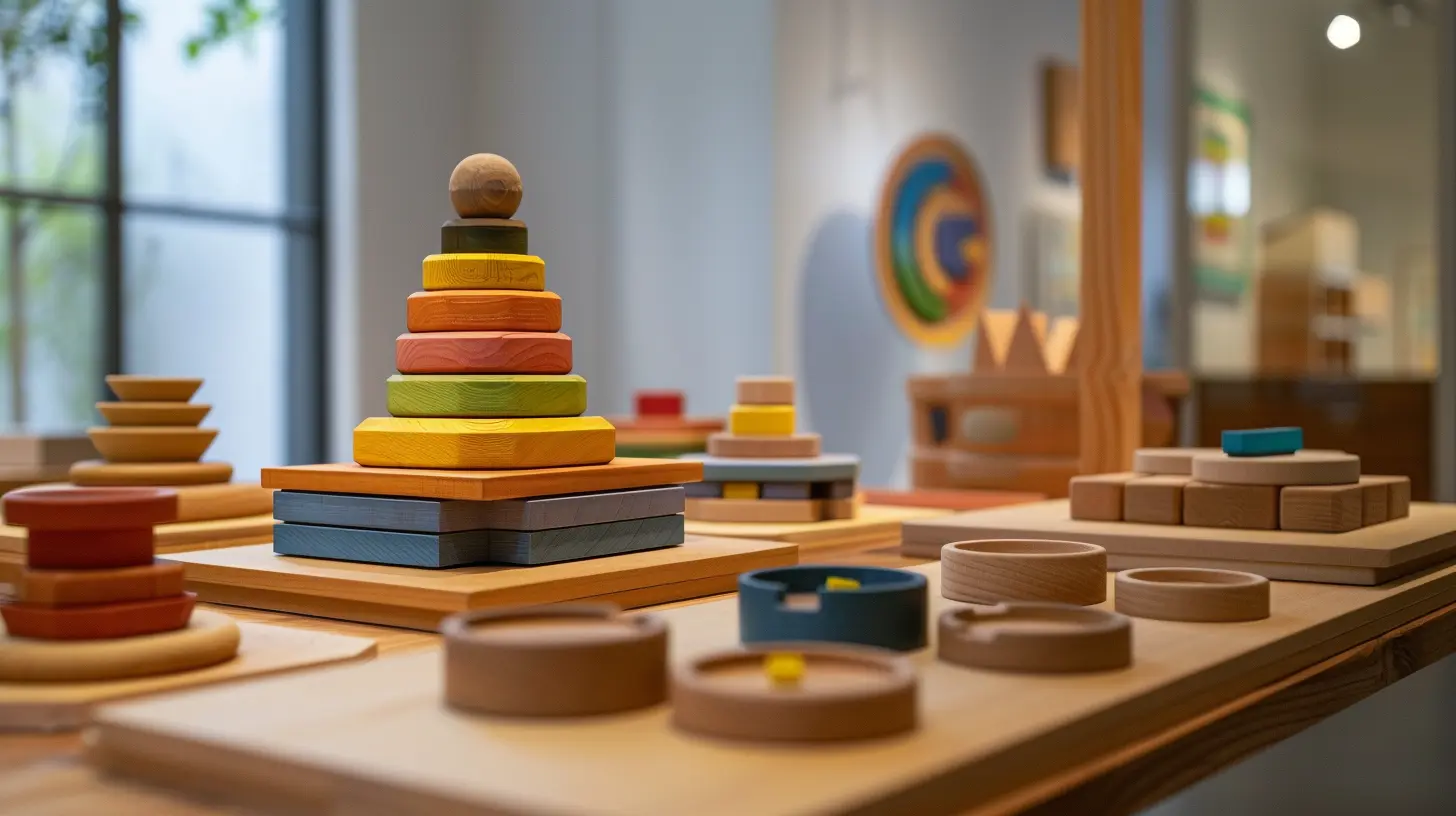
How Montessori Has Influenced Different Education Systems
Montessori’s influence isn’t limited to Montessori schools alone. Her philosophies have trickled into mainstream education, shaping various teaching methods and learning environments. Let’s take a look at a few areas where her impact is evident.1. Early Childhood Education
Montessori’s approach has had a profound impact on early childhood education worldwide. Concepts like play-based learning, sensory exploration, and child-led activities are now common in preschools and kindergartens. Even if a school isn’t officially Montessori, many of its early learning strategies incorporate her principles.2. Alternative Education Models
Many alternative education models, such as democratic schools, project-based learning, and unschooling, are influenced by Montessori’s ideas. These approaches all focus on student autonomy, experiential learning, and breaking away from traditional standardized education.3. Homeschooling Practices
Montessori methods are widely embraced in the homeschooling community. Parents who homeschool often incorporate self-directed learning, hands-on experiences, and real-world applications—all key Montessori principles. The flexibility of homeschooling aligns well with Montessori’s belief that education should be tailored to each child’s needs and interests.4. Special Education
Montessori originally developed her teaching methods while working with children with disabilities. Her success in helping these students thrive has led to Montessori-based adaptations for special education programs today. The focus on individualized learning, sensory engagement, and student-guided progress has proven effective for children with diverse learning needs.
The Future of Education With Montessori Principles
Education continues to evolve, and Montessori’s influence remains as relevant as ever. As we move towards a future where creativity, adaptability, and independent thinking are crucial skills, her child-centered approach provides a strong foundation for success.More schools and educators are recognizing the importance of flexibility, self-motivation, and hands-on learning. Technology is also playing a role in bringing Montessori-style personalized learning to more students worldwide through interactive apps, gamified education, and AI-driven adaptive learning.
While not every school follows the Montessori method in its purest form, her pioneering principles have undeniably shaped the way students learn today. From classroom setups to teaching philosophies, her legacy continues to impact education at every level.
Final Thoughts
Maria Montessori changed the way we think about education. Her belief in child-led learning, independence, and hands-on experiences has transformed classrooms around the world. Even if a school isn’t labeled "Montessori," it’s likely applying some of her core ideas.So the next time you see a hands-on learning activity, a flexible classroom setup, or a teacher encouraging student independence, remember—it’s all thanks to Montessori’s lasting influence. And as education continues to grow and adapt, her visionary ideas will undoubtedly shape the future of learning for generations to come.


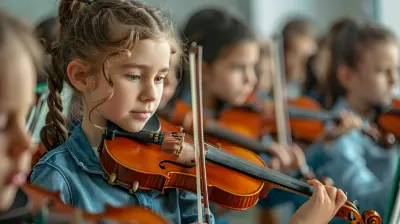
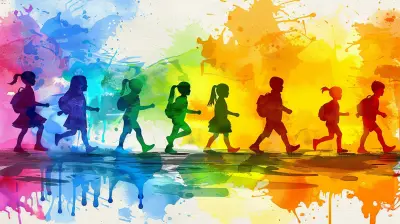
Chloe Curry
Montessori's innovative approach has profoundly shaped modern education, emphasizing child-centered learning and hands-on experiences. By promoting independence, critical thinking, and collaboration, her methods continue to inspire educators worldwide. Embracing these principles not only enhances student engagement but also prepares learners for the complexities of today's world. The legacy endures and evolves.
April 22, 2025 at 12:14 PM